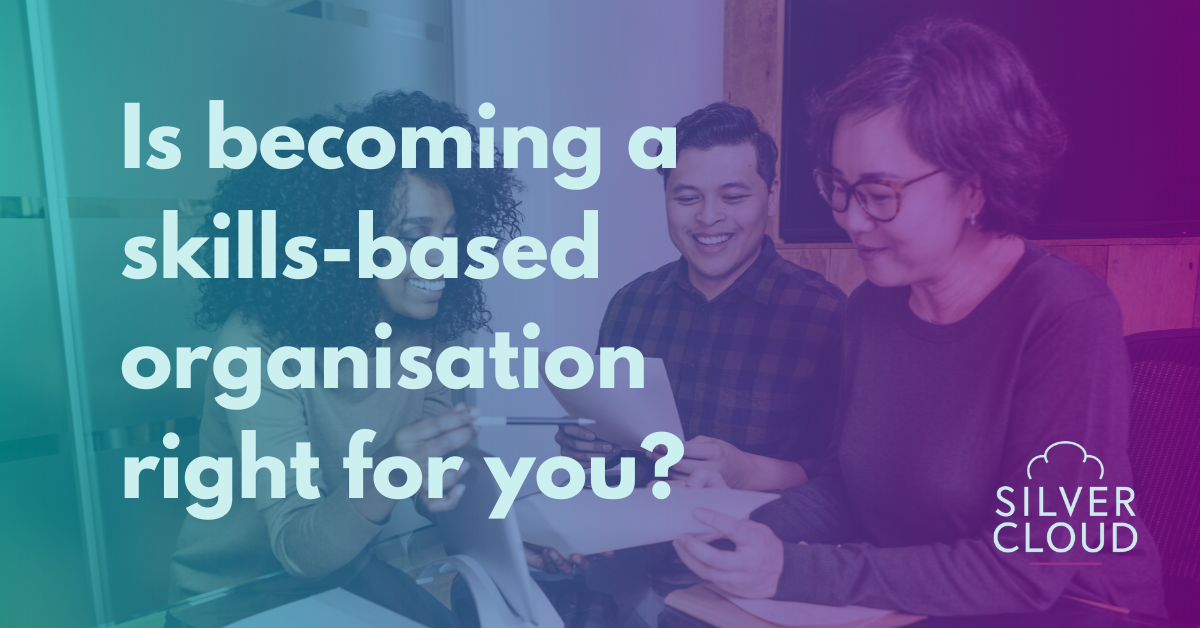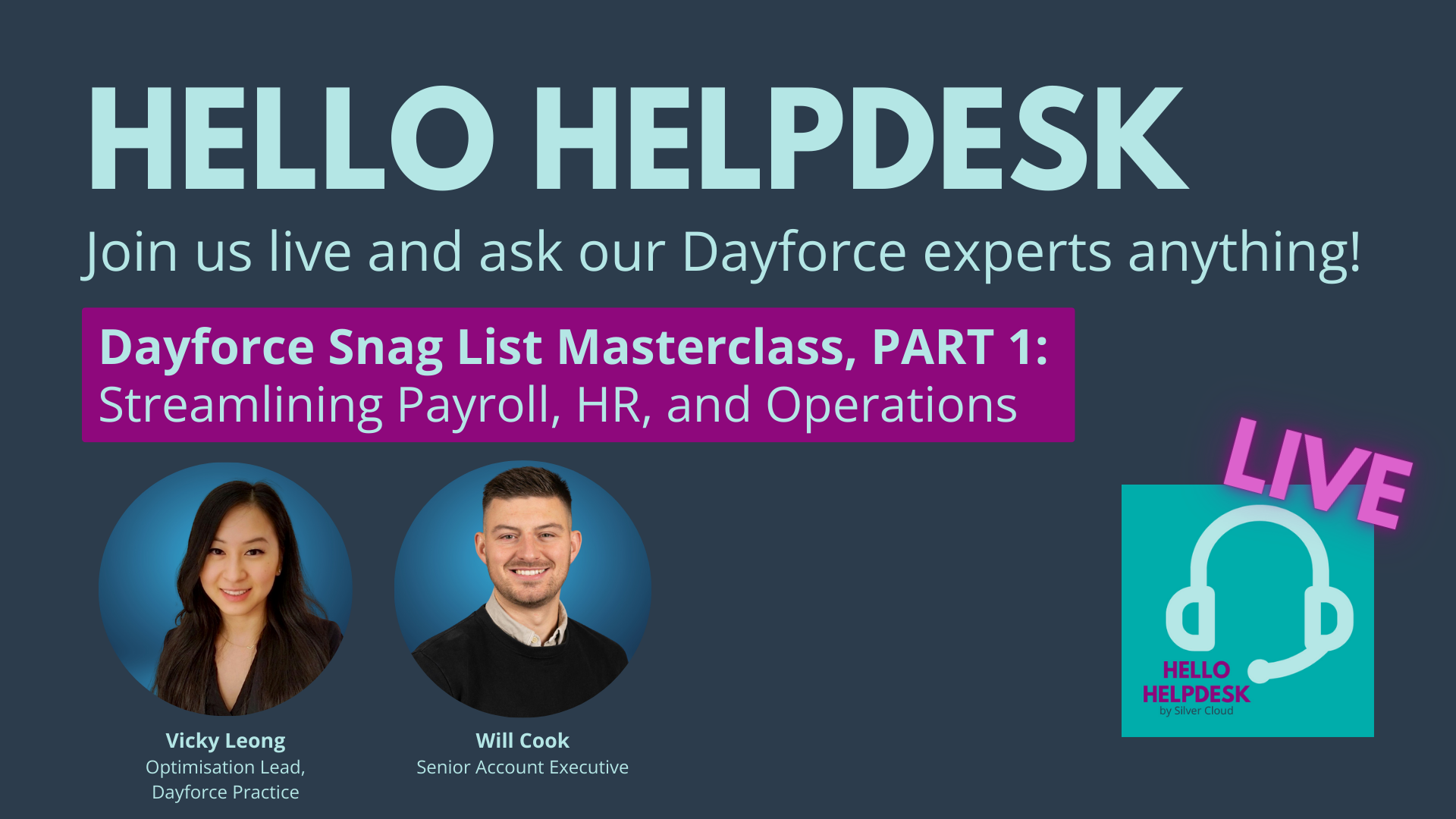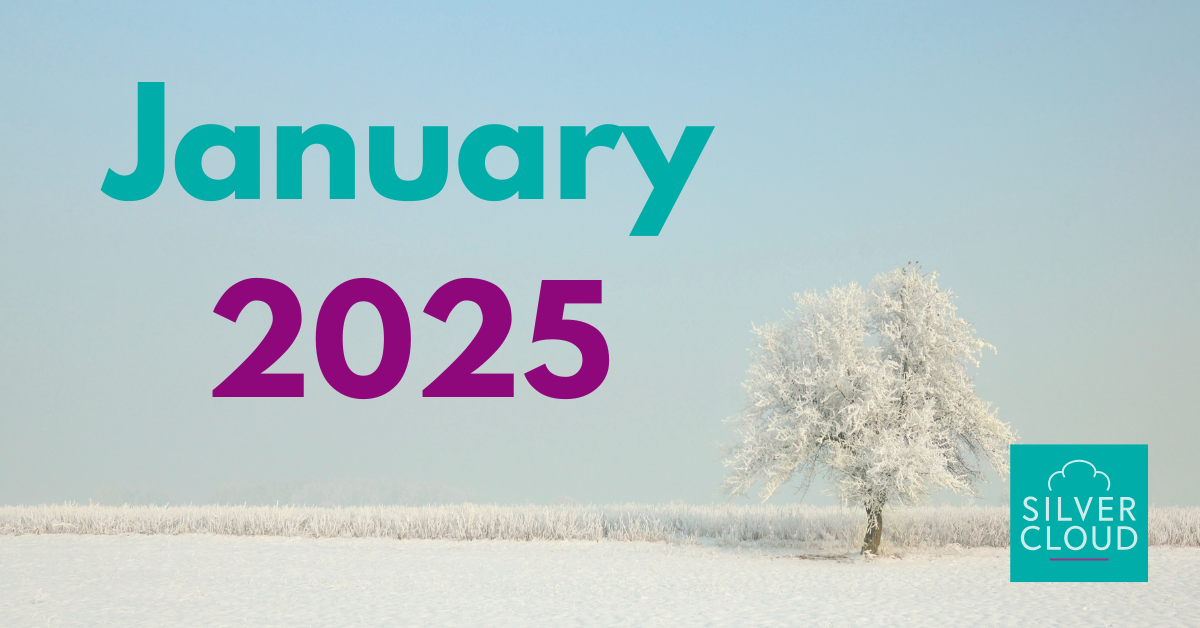10 questions to prepare for your HRIS business case
by SJ Hood

Your business case is just about ready. You’ve done all the research, you’ve backed it all up with data, and you know exactly what you need and why you need it. But the hard work isn’t over just yet. There's still more to do for a killer HRIS business case.
When putting together a business case for a new HR system, you’ve got to be prepared for questions from senior decision makers. Writing your HRIS business case with your key stakeholders in mind will both show that you understand the business’ requirements and viability of the project and will also put you one step ahead when it comes to handling any (often very valid) objections.
Each of your key decision makers will have a particular area of focus which changes depending on their role. They’ll want to see that you thought about the key benefits, risks and considerations that are relevant to them.
For example, a CEO will be interested in how a new people system will help the whole business, including the impact it will have on margins, growth and the team. Your Head of Finance will, of course, be focused on the monetary impact. Meanwhile, your Head of IT or CIO will want to know how any new systems will integrate with existing business systems, as well as security and compliance considerations. And they will all have specific questions they want answered about those areas of focus.
The more prepared you are for these questions, the more likely you are to get all of your key stakeholders on board to invest in a new HR system.
Ten Common Questions to Prepare for in your HRIS Business Case
While it can feel a little intimidating to think of how many questions you might be asked, the truth is that you’ll usually get asked the same ones that everyone does. Which makes it easy to prepare for them. And if you can easily answer these questions, your stakeholders will be able to see that you really do know what you’re talking about.
Here are the top 10 business case questions you need to be ready for:
1. How does this project align with the company’s overall strategy and long-term goals?
This may be the most important consideration. If your project doesn’t clearly align with the overall strategy, it’s highly unlikely that it will get approved. Especially during difficult economic times when organisations naturally have to be more thoughtful about their spending.
Take the time to consider how a new piece of software can help you meet company-wide goals. Is your business focused on headcount growth? Reducing costs? Increasing profitability? Whatever the organisation’s strategic goals, spend some time mapping out how a new HRIS can help.
2. What if we grow?
Most companies expect to grow at some point in the future, so this will definitely be on the minds of your stakeholder. To get ahead of this one, explain that you already have this front of mind. And, once you go out to selection, you will explore all your options, keeping growth at the forefront. You can also share that you will confirm with the possible vendors how their systems can grow with you. Be sure to plan for growth and negotiate with vendors on additional license costs based on that.
Read more: Are you HRIS Project Ready? | Silver Cloud HR
3. What is the impact of running an old and new HR system concurrently?
To be sure that nothing goes wrong or winds up missing, a certain amount of parallel running will almost certainly be needed. However, you can absolutely minimise the impact of this by working with your chosen vendor or implementation partner. Together, you’ll create a phasing plan to limit dual running.
4. Is our people data at risk during migration?
This is a question that will come from anyone who looks after cybersecurity in your business. But it could come from unexpected places too. In this day and age, personal data is a major concern for most people. You can work with your CIO or IT Manager ahead of presenting the business case to account for these issues. In the business case itself, you can detail how all files will be encrypted and no files leave business premises during migration. You can also include any mitigating factors you and your tech team have decided on.
5. What if the software doesn’t do what it should/what we expected?
The chances are extremely low that you’ll bring in a thoroughly vetted piece of software and it won’t do what you wanted. After all, you’ll go through a thorough RFP to make sure that the software you choose fulfills all major roles you need it to. You can also do full user acceptance testing to be certain that you select the right software and requirements from across the business are met.
6. How will the project be managed, what is the timeline for implementation and what contingencies are in place to avoid time slippage during implementation?
This is something that will change depending on the software you choose, whether or not you engage with an implementation partner and how you tend to manage internal projects. Typically, a dedicated project manager (internal or external) will be responsible for developing and executing a project plan and ensuring everything is on track. Assure them that you can revisit this question for a detailed response once you know more.
7. But there are going to be high upfront costs AND hidden costs, right?
This is a common worry that you can expect and can easily respond to and reassure the asker. To mitigate a high upfront cost, you can negotiate a phasing of costs on roll out with your chosen vendor. And, with any hidden costs, be as transparent as you can with any expected costs and confirm these with your chosen vendor.
8. What is the estimated ROI and how was it calculated?
Let’s be honest, every decision businesses make should have a clear Return on Investment (ROI). Otherwise, especially in difficult financial times, it doesn’t really make sense to do them. However, unlike commercial teams, it’s less obvious to most of the business how a people initiative could have a good ROI.
Which means you’ll need to come ready with a straightforward estimate and walk your stakeholders through how you came up with those figures. Be sure to include any preparatory costs as well as the ones for implementation and maintenance. And remember to think beyond the immediate future for how your new HR tech could financially benefit the company.
9. How will we resource this project and ensure BAU isn’t affected?
At this stage, you may still be coming up with the full plan for getting this live. So, start by detailing what is required and by whom. Be as thorough as possible here about your technology project. Then add in what BAU tasks will need to be covered as well. Consider who has both the capability and capacity to take on this work over your expected timeframe.
If you find that your internal resource options are limited, you might propose the idea of using a consultancy to help with the process at whatever stage you’re struggling to resource. Keep in mind that this will mean factoring in extra budget.
Learn more: Independent advice and enablement for your people tech
10. What are the potential risks and challenges associated with this project and how will they be mitigated?
Like any project, there can be many risks involved. You’re going to be changing a piece of software that impacts everyone in the company. But these can easily be mitigated if you think ahead. Some typical risks you can come across in HRIS implementation projects can include:
- Time or cost overrunning – Making sure you have a skilled project manager involved who can appropriately include buffer time and costs can help here.
- Data insecurity during migration – You will have already addressed this topic in another question, but it’s worth reiterating your plan for data security.
- Complications with integrations – This is an instance where seeking help from either your internal tech team or an external consultant can help you plan mitigation steps.
- Internal resistance to change – Create a considered adoption programme that includes training and Change Ambassadors to decrease resistance.
These are just a few of the risks you might come across, so be sure to consider the specific risks for your project.
By tackling these questions in your business case, you can show that you’ve thought through all the different facets of selecting and implementing a new HRIS. Your stakeholders will see that you have a well-prepared and comprehensive plan – one that they will feel very comfortable supporting. The key point to remember is to take your time and be as prepared as possible.
And, if you need help getting all of these ducks in a row, reach out. We help HR leaders like you successfully put together business cases for HR tech all the time.
Never see a business case fail again.
Get your copy of the Ultimate Guide to an Unbeatable Business Case today.




